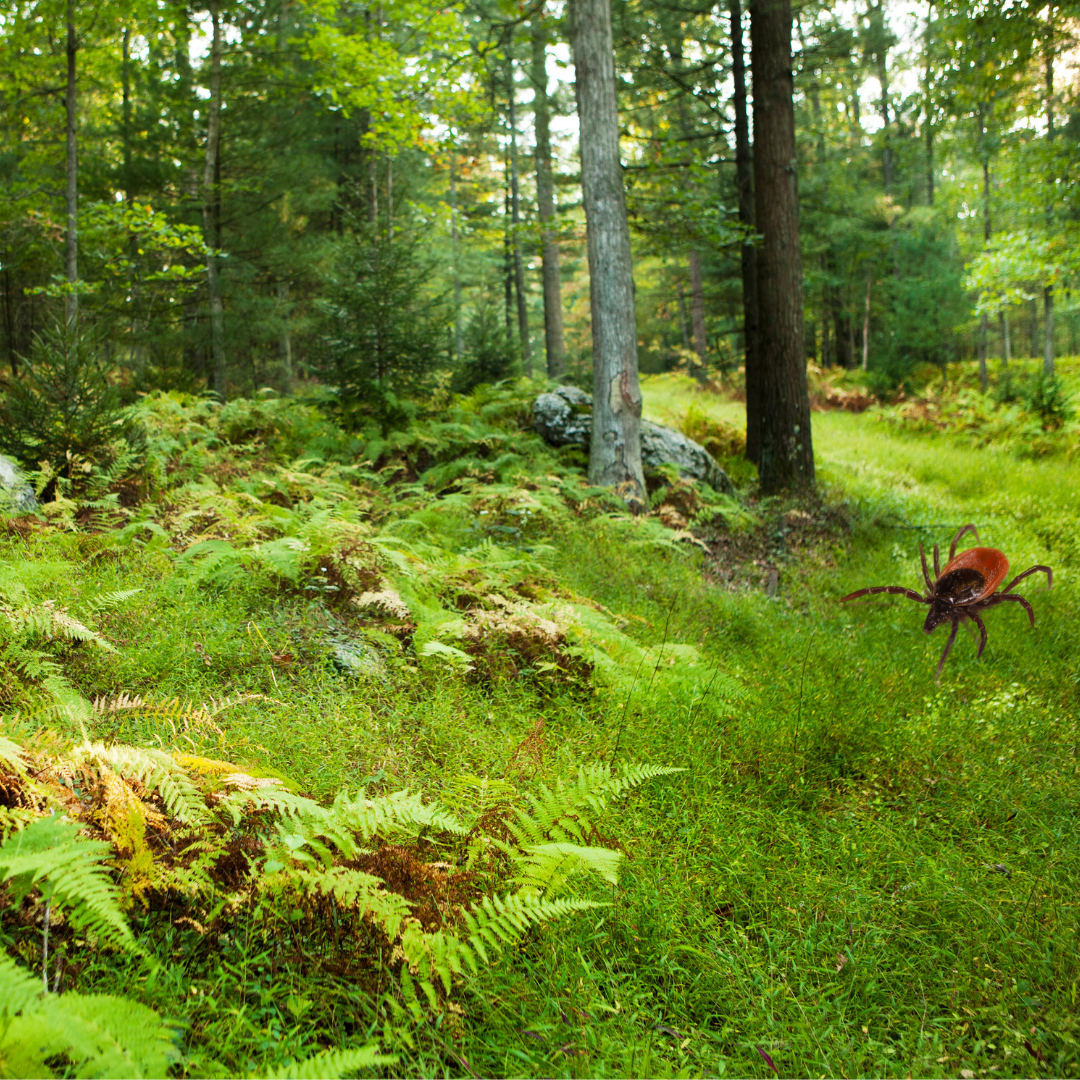The number of deer tick nymphs counted by the state’s Department of Environmental Protection this season is twice the number DEP recorded last year, state officials said last week, raising concerns due to the prevalence of Lyme disease in the state.
Lyme disease is frequently transmitted by ticks, which also carry and transmit other illnesses, such as anaplasmosis and Powassan virus.
The nymphs are described as being “extremely small” and about the size of poppyseeds.
“This year in particular, we are seeing increases in the number of Lyme disease reports across the state, and clinicians are reporting that they are seeing more cases of other tick-borne diseases, such as anaplasmosis,” said Pennsylvania Acting Physician General Dr. Denise Johnson in a news release about the nymph count. “As Pennsylvanians continue to spend more time outdoors, we are urging everyone to take steps to prevent tick bites, such as wearing insect repellent, putting permethrin on their shoes, gear and clothing, and doing frequent tick checks.”
Ticks thrive in the tall grasses, brush and wooded areas of rural Pennsylvania, but deer ticks have been found in every county in the commonwealth and can live in any habitat.
Common signs of a tick-borne disease include fever, headache, chills and muscle aches.
The onset of Lyme disease is often–though not necessarily–characterized by a bullseye-like rash.
Someone infected with Powassan virus may also suffer from vomiting, weakness, confusion, loss of coordination, difficulty speaking or even seizures, in severe cases.
The transmission of Lyme disease from tick to human usually takes at least 24 hours, however Powassan virus transmission resulting from a tick bite can happen in as little as 15 minutes, the news release indicated.
Individuals exhibiting symptoms that are consistent with a tick-borne disease should contact a doctor as soon as possible, especially in light of the high numbers being seen.
“Ticks are most active during warmer months, which is why we typically see more instances of tick bites and cases of tick-borne diseases this time of year,” said Johnson.
“It is always important to take preventative measures so you can enjoy the mental and physical health benefits of being in the outdoors, especially with regard to ticks,” added Department of Conservation and Natural Resources Secretary Cindy Adams Dunn.
Pennsylvania residents and visitors can reduce their chances of being bitten by ticks by:







